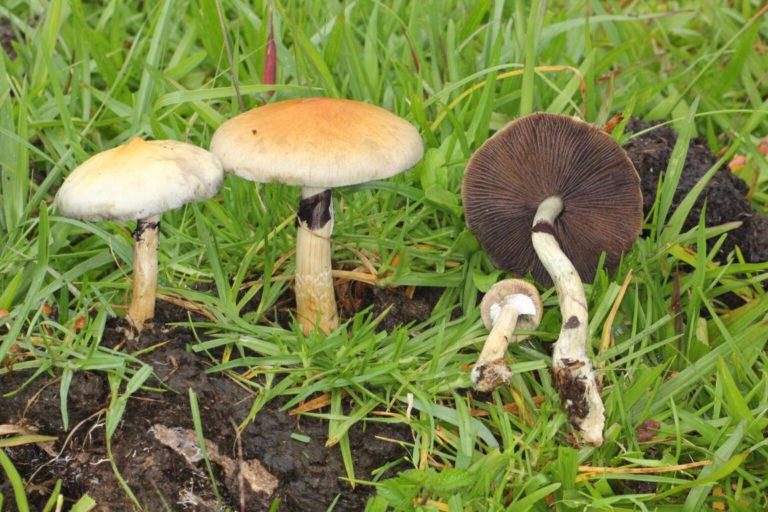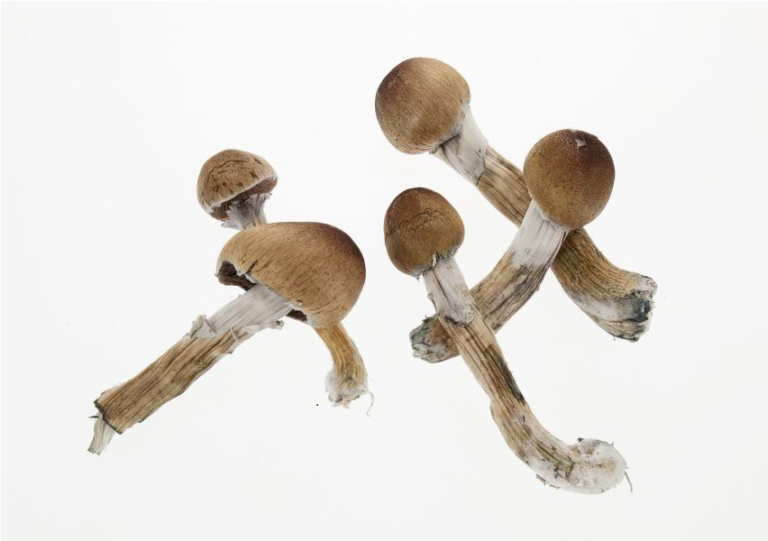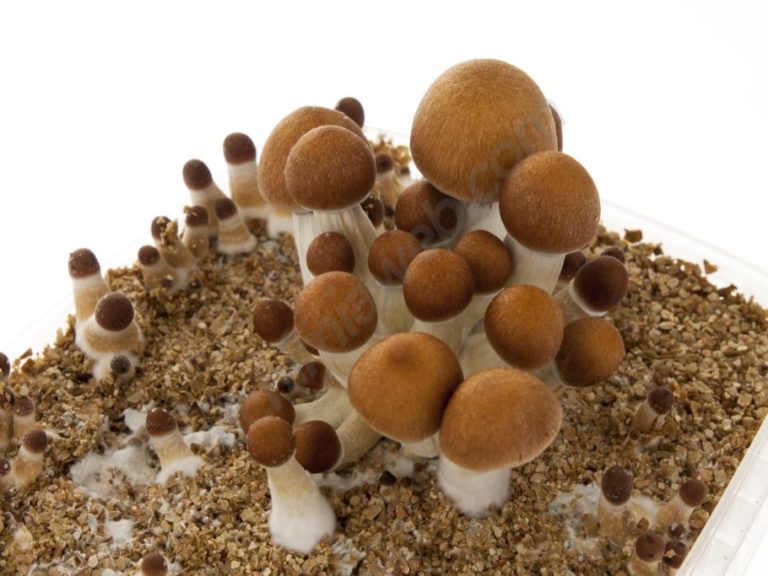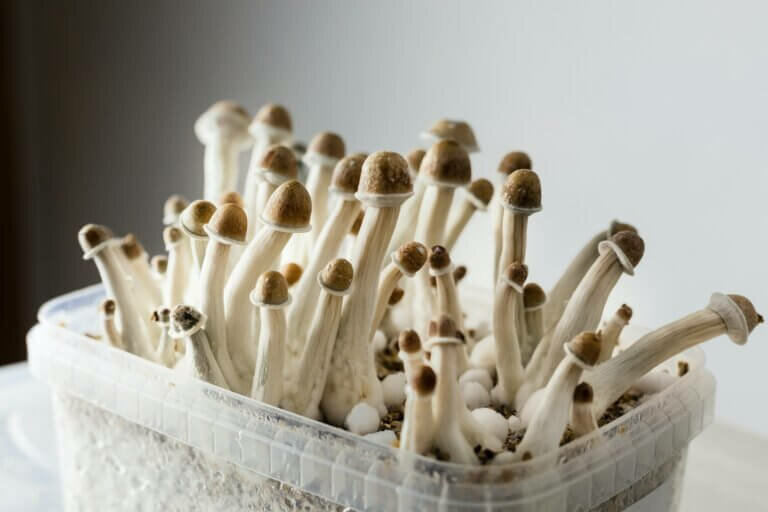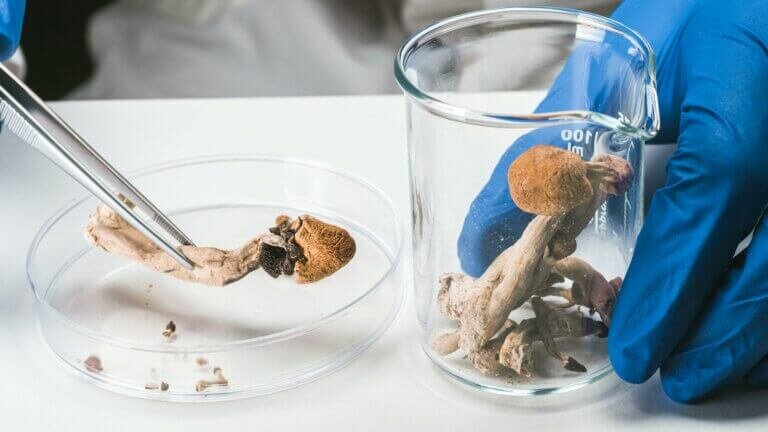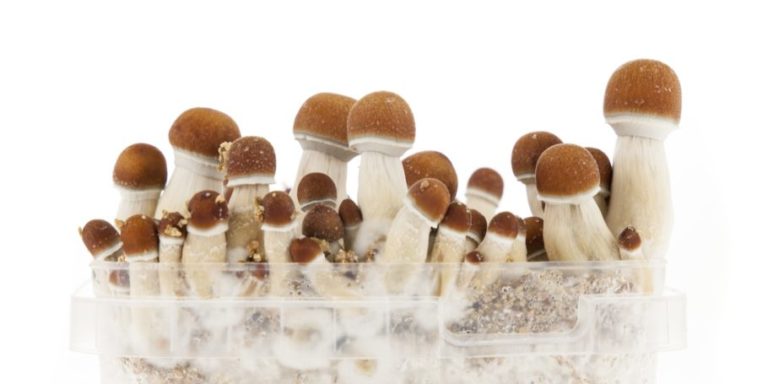Medicines of the past: Cannabis, mushrooms and ancient forgotten therapies
List of contents
In the constant search for relief and healing, humanity has turned to a wide variety of resources throughout history. Since the dawn of civilization, plants and fungi have played a fundamental role in ancient therapies, providing a refuge for those seeking remedies for their ailments. In this article, we will delve into the fascinating world of medicines of the past, with a special focus on two elements that have captured the imagination of generations: cannabis and medicinal mushrooms.
As we unravel the historical medicinal uses of these substances, we will discover how they have been harnessed by cultures around the world for therapeutic and spiritual purposes. From ancient rituals to forgotten medical treatments, we'll explore the past to better understand how ancient knowledge continues to influence modern perspectives on medicine and wellness.
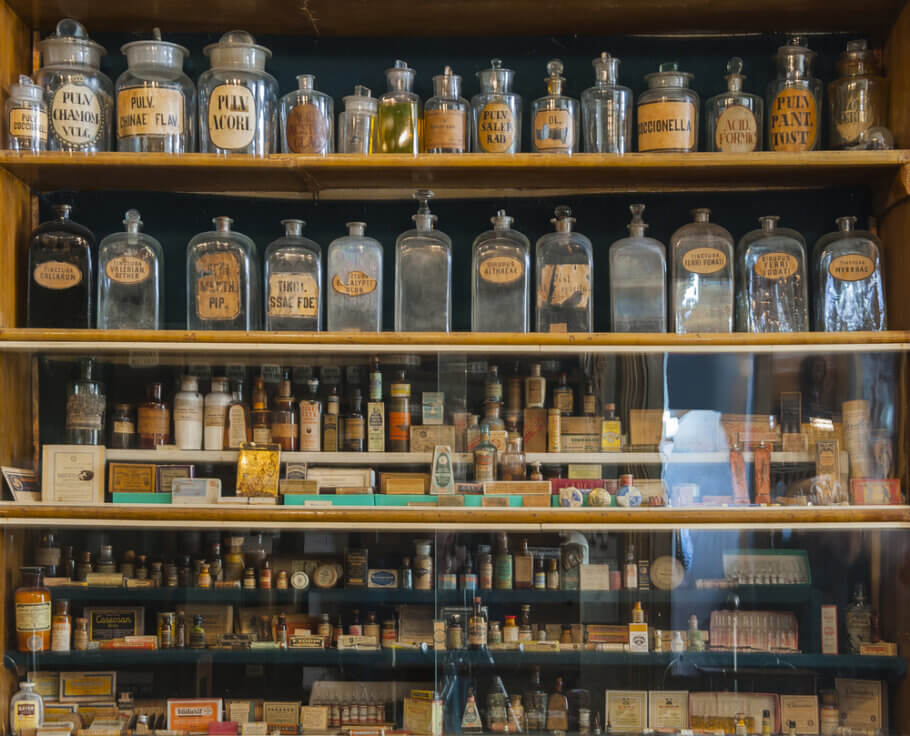
Medicines and Therapies of Antiquity
In ancient times, cultures around the world relied on a variety of plants, herbs, and natural substances to treat various ailments and promote general health and well-being, although logically the availability of these substances was not the same as today, often being restricted to the native plants and mushrooms of each zone. Some of the main medicines and natural remedies used in ancient times include:
Medicinal plants:
- Aloe Vera: Used to treat wounds, burns, and skin problems.
- Ginseng: Valued for its energizing and adaptogenic properties.
- Turmeric: Known for its anti-inflammatory and antioxidant properties.
- St. John's Wort: Used to treat depression and improve mood.
- Echinacea: Used to strengthen the immune system.
Relaxing and Sedative Herbs:
- Valerian: Used as a natural sedative to treat insomnia and anxiety.
- Chamomile: Recognized for its calming and digestive properties.
- Lavender: Used to relieve stress and promote relaxation.

Cannabis:
- Cannabis Sativa: Used in many ancient cultures for its medicinal properties, such as relieving pain and treating various diseases.
Medicinal Mushrooms:
- Reishi Mushrooms: Considered in traditional Chinese medicine as an immune system enhancer and adaptogen.
- Amanita Muscaria: Used in some indigenous cultures for spiritual and ritual purposes.
- Psilocybin or hallucinogenic mushrooms: Used in religious and spiritual ceremonies in several ancient societies. Nowadays, various possible benefits are being investigated, such as the treatment of depression or cluster migraines.
What is Psilocybin and what are its effects?
After decades of neglect, psilocybin is nowadays the subject of dozens of studies and clinical trials all over the world, showing especially promising results in the treatment of conditions like depression or anxiety. In addition to its well-known properties in recreational or spiritual contexts, the news regarding its possible medicinal properties further adds to the interest to this compound.
Minerals and Natural Substances:
- Salt: Used to preserve food and maintain electrolyte balance.
- Sulfur: Used in ointments and ointments to treat skin conditions.
- Mercury: Although considered toxic today, it was used in some ancient traditional medicines.
Essential oils:
- Olive Oil: Used in massages and skin treatments.
- Peppermint Oil: Valued for its refreshing properties and relief from upset stomach.
Teas and Infusions:
- Green Tea: Consumed for its antioxidant and stimulating benefits.
- Ginger Tea: Used to relieve nausea and digestive problems.

Of course, these are just a few examples of the many medicines and natural remedies that were used in ancient times. Although some of these approaches may have fallen out of use or been replaced by modern medical treatments, there is still an interest in understanding and using traditional medicinal practices for well-being and health, and in many cases, the same plants or mushrooms continue to be used for obtain the active ingredients used by the pharmaceutical industry.
Tinctures and plant extracts: an ancient remedy
The use of plant tinctures as natural remedies for ailments also has a long history dating back to ancient civilizations in different parts of the world. Although it is difficult to specify the exact moment in which this practice began, there is historical evidence that indicates that plant tinctures were used for medicinal purposes in various cultures and times, thus achieving a more effective effect and a simpler dosage. These are some examples:
- Ancient Egypt: The Egyptians were known for their advances in medicine and the use of plants with medicinal properties. They used tinctures and plant extracts to treat a variety of ailments, including digestive problems, wounds, and respiratory problems.
- Ayurvedic Medicine: In ancient India, Ayurvedic medicine also used tinctures and plant extracts as part of its holistic approach to health. They were used to balance doshas (biological principles) and treat various diseases.
- Traditional Chinese Medicine: Ancient Chinese medicine has used tinctures and plant extracts for thousands of years as part of its holistic approach to health. The Chinese pharmacopeia includes a wide variety of herbal remedies, many of which were prepared in the form of tinctures to be administered more effectively.
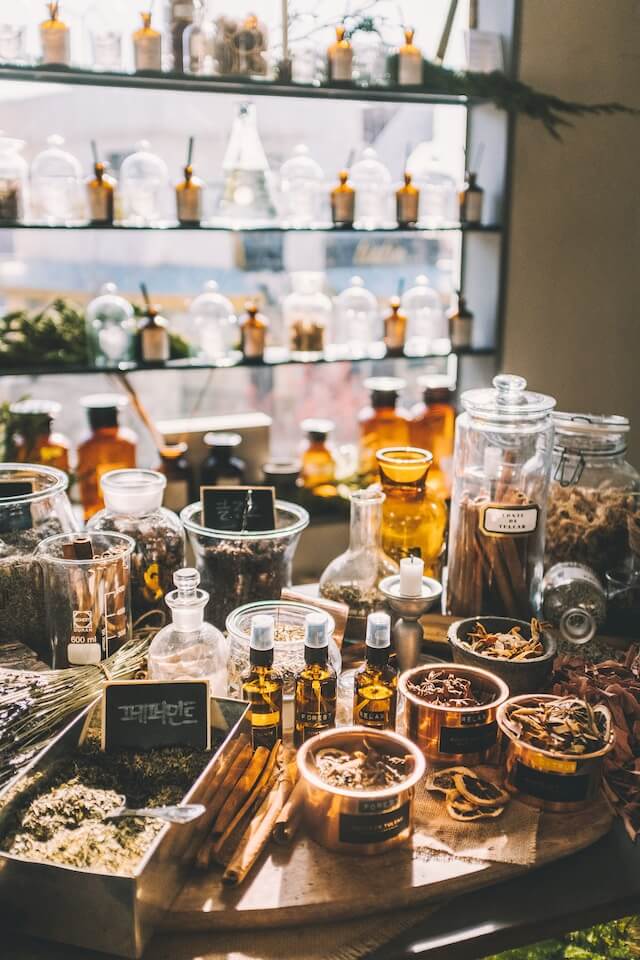
- Traditional Indigenous Medicine: Many indigenous cultures around the world have used plant tinctures as part of their medicinal practices. These tinctures were often combined with spiritual practices and rituals in the search for healing.
- Medieval and Renaissance Europe: During the Middle Ages and Renaissance, plant tinctures were widely used in herbalism and folk medicine in Europe. Medieval monks and herbalists created tinctures and extracts to treat various ailments.
In general, the use of plant tinctures as natural remedies has been a practice that has existed around the world for centuries, being an integral part of various medical and cultural traditions. Just as we have seen with raw plants, as modern pharmacology developed, many of these practices were incorporated, adapted, or replaced by more refined and regulated medicines. However, today, there is a resurgence of interest in phytotherapy and natural medicines, which has led to renewed interest in the use of tinctures and plant extracts to promote health and well-being.
Medical cannabis, an evolution truncated in the 20th century
Throughout the 20th century, the use of cannabis as a medicinal remedy greatly declined due to the increasing regulation and criminalization of the plant in many parts of the world. However, there were some instances in which cannabis was still used for medicinal purposes in limited and specific contexts, as it had been done for centuries. Some of these areas and ways include:
- Older Pharmaceuticals: In the early 20th century, before stricter regulations were imposed, some pharmaceutical products containing marijuana were still available in pharmacies in parts of Europe and the United States. These products were often marketed to treat a variety of conditions, such as pain and spasms. Cannabis tinctures were especially popular.
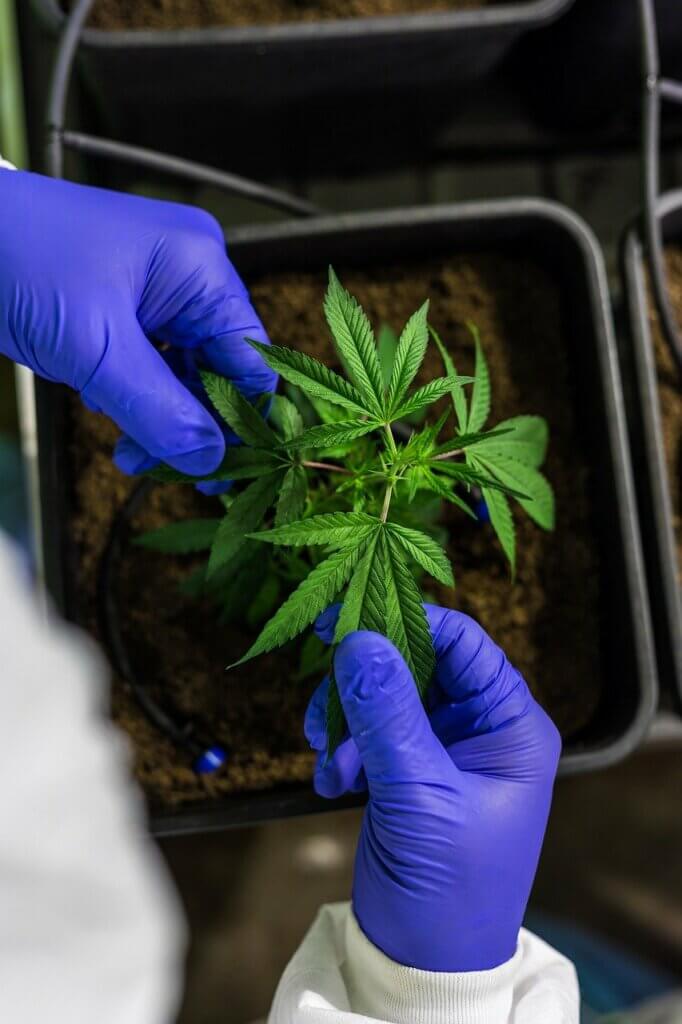
- Compassionate use and medical exceptions: In some jurisdictions, medical exceptions were granted for the use of cannabis in patients with serious or terminal conditions. This was especially seen in patients who found relief with cannabis to treat symptoms such as nausea and loss of appetite due to cancer chemotherapy.
- Sativex and other Cannabis-derived medicines: In the late 20th and early 21st centuries, some cannabis-based medicines were developed and gained regulatory approval in certain jurisdictions. One of the most notable examples is Sativex, an oral spray based on cannabis extracts, which is used to treat symptoms of multiple sclerosis in several countries.
- Use in traditional medicine: In some cultures and regions where traditional medical practices persist, cannabis continues to be used for medicinal purposes according to ancestral teachings and practices.
Importantly, in general, the use of cannabis for medicinal purposes in the 20th century was limited by negative perceptions and restrictive legal regulations in many parts of the world. However, as we move into the 21st century, we are seeing a gradual change in the perception of cannabis and an increase in scientific research supporting its effectiveness in treating certain medical conditions. As a result, several countries are reconsidering and legalizing the medicinal use of cannabis in broader ways.
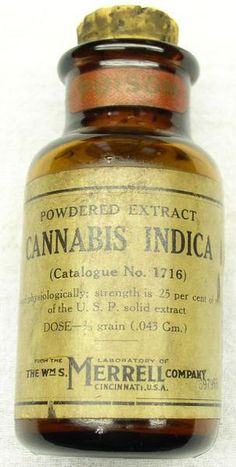
Mushrooms and medicinal therapies, a new horizon
Unlike cannabis, medicinal mushrooms have not had such widespread and recognized medicinal use in the 20th century, at least compared to previous times. However, some cultures and traditions have continued to use mushrooms for medicinal purposes, and today, interest in their therapeutic properties is being revived. Here are some ways mushrooms were used as a medicinal remedy in the 20th century:
- Traditional Asian Medicine: In some parts of Asia, such as China and Japan, the tradition of using medicinal mushrooms in traditional medicine has been maintained. For example, the Reishi mushroom (Ganoderma lucidum) has been used in Chinese medicine for centuries for its potential health benefits, such as strengthening the immune system and improving resistance to stress.
- Ethnobotany and indigenous traditions: In some indigenous communities, traditional practices involving the ceremonial or medicinal use of psychedelic mushrooms, such as the hallucinogenic Psilocybe mushrooms, have been maintained. These mushrooms have been used in spiritual ceremonies and healing rituals in some cultures.
- Modern Medicinal Mushrooms: As research into the health benefits of certain mushrooms increased in the 20th century, supplements and products based on medicinal mushrooms were developed. Shiitake mushroom (Lentinula edodes), maitake mushroom (Grifola frondosa), and others became part of supplementation culture in search of immunomodulatory properties and other benefits.

- Psychedelic research: Beginning in the mid-20th century, interest in the psychedelic properties of some mushrooms, such as psilocybin mushrooms, grew in the scientific community. Research was conducted on the potential therapeutic effects of these substances on conditions such as depression, anxiety, and post-traumatic stress disorder.
- Renaissance of Psychedelic Research: In the late 20th century and early 21st century, there has been a renaissance in research into the therapeutic use of psychedelic mushrooms in the treatment of mental and emotional disorders. Some studies suggest that the compounds present in these mushrooms could have beneficial effects on mental health.
Introduction to microdosing psilocybin
As we mentioned in our article on psilocybin and its effects, the use of this substance in various therapies is becoming more common, especially in the form of microdoses. Today we offer you a brief but succinct guide on psilocybin microdosing: what it is, how it works, and what are the recommended doses, are only some of the topics we will be discussing below.
Importantly, despite renewed interest in the 20th and 21st centuries, most medicinal applications of mushrooms have focused on non-psychoactive mushrooms or isolated compounds rather than traditional psychedelic mushrooms. Research continues in this area and is generating a new focus on the possible therapeutic applications of this type of fungi.
As you can see, there are many types of plants, fungi, and natural substances traditionally used as remedies to treat various ailments, conditions, or diseases. Although throughout the s. In the 20th century, both cannabis and hallucinogenic mushrooms were "outlawed" and removed from these lists of natural medicines, the current trend is increasingly open to their study and inclusion, with thousands of patients benefiting from their properties today.

















































